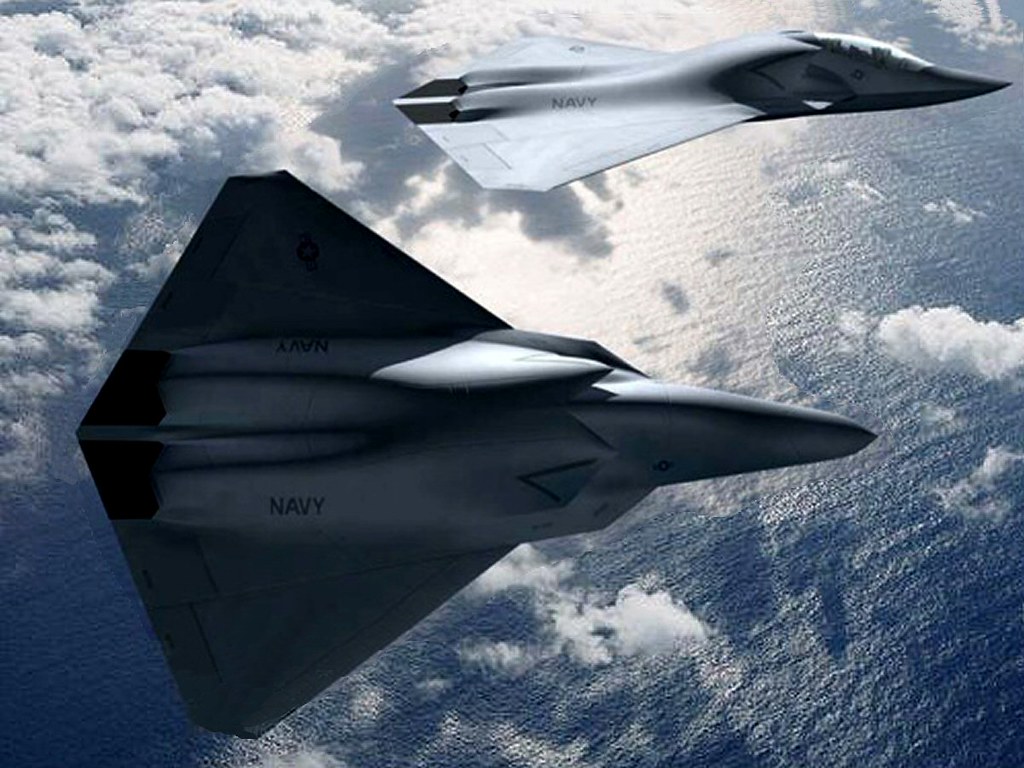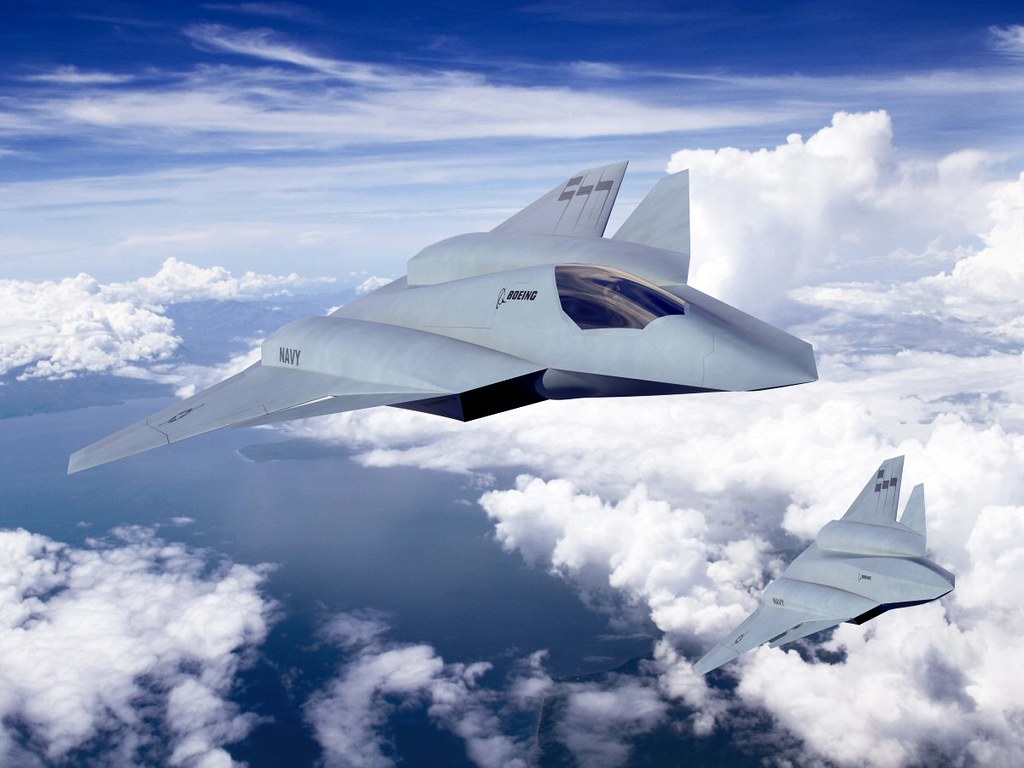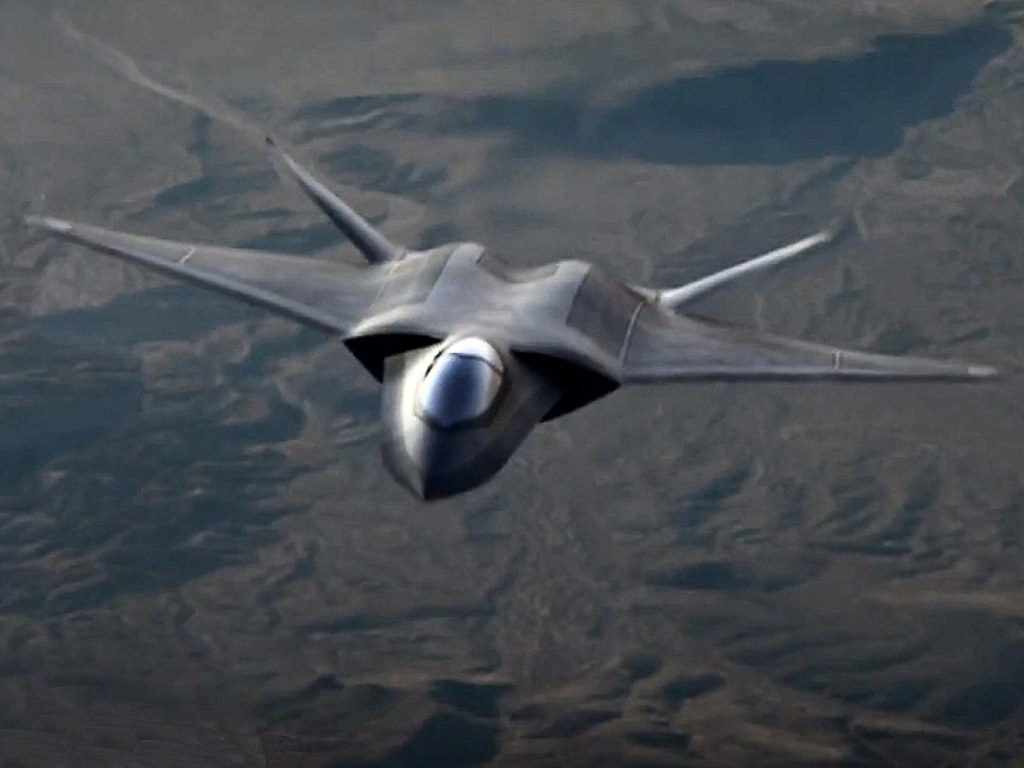F/A-XX is also expected with a very long range F-35 have a decent superior to Hornet but not than F-14 retired, A-6E also
Here
Here
F-14 Tomcat: The Navy Fighter It Wishes It Could Bring Back from the Dead
The Navy’s F/A-XX program could be used to fill the service’s air superiority gap—which has essentially been left open since the F-14’s retirement and the demise of the NATF and A/F-X programs. But the problem is that the Navy is pursuing the F/A-XX as a multirole Super Hornet replacement rather than an air superiority-oriented machine. “The danger in its development is that it suboptimizes the fighter role in the quest for a hybrid fighter/attack jet,” the Hudson Institute report notes. “This would leave the Joint Force without a carrier-based sixth generation air superiority fighter.”
While the requirement for a carrier-based long-range strike capability is a frequent subject of discussion around Washington, the U.S. Navy’s need for improved air superiority capabilities is often neglected.







